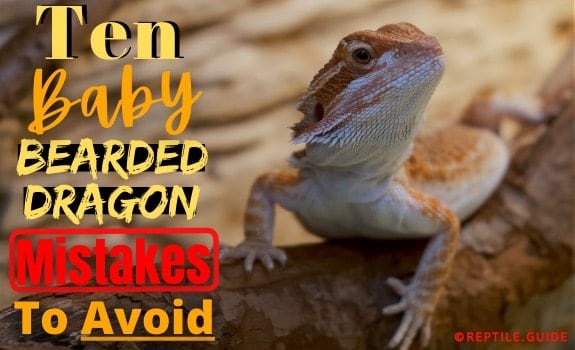
Baby Bearded Dragon Care Sheet: A Comprehensive Guide to Raising a Healthy and Happy Beardie
Introduction
Bearded dragons, with their captivating personalities and striking appearance, have become increasingly popular as exotic pets. These fascinating reptiles, native to the arid regions of Australia, require specialized care to thrive in captivity. This comprehensive care sheet will provide you with all the essential information you need to ensure the well-being of your baby bearded dragon.
Housing
Enclosure:
- Size: A 20-gallon tank is suitable for a baby bearded dragon up to 6 months of age. As they grow, you will need to upgrade to a larger enclosure.
- Type: Choose a glass or plastic terrarium with a secure lid to prevent escapes.
- Substrate: Provide a loose substrate such as reptile carpet, paper towels, or a mixture of sand and soil. Avoid substrates that can be ingested, such as gravel or wood chips.
Temperature:
- Basking spot: 95-110°F (35-43°C)
- Cool side: 75-85°F (24-29°C)
- Nighttime: 65-75°F (18-24°C)
Lighting:
- UVB: Provide a 10.0 UVB light for 12-14 hours per day. This is essential for calcium absorption and bone health.
- Basking light: Use a heat lamp to create a basking spot.
- Nighttime: Remove all light sources at night to allow your dragon to rest.
Humidity:
- Humidity: 30-40%
- Monitor: Use a hygrometer to monitor humidity levels.
- Misting: Mist the enclosure lightly once or twice a day to maintain humidity.
Diet
Hatchlings (0-3 months):
- Insects: Offer a variety of live insects, such as crickets, dubia roaches, and mealworms.
- Vegetables: Introduce small amounts of leafy greens, such as collard greens, dandelion greens, and mustard greens.
Juveniles (3-12 months):
- Insects: Continue offering insects, but reduce the frequency.
- Vegetables: Increase the variety and amount of vegetables offered.
- Fruits: Offer occasional treats of fruits, such as berries and melons.
Adults (12+ months):
- Vegetables: Form the majority of the diet, including leafy greens, vegetables, and fruits.
- Insects: Offer insects as a supplement to the vegetable-based diet.
Supplements:
- Calcium: Dust insects with calcium powder 2-3 times per week.
- Vitamin D3: Provide a supplement containing vitamin D3 once or twice a week.
Water
- Fresh water: Provide a shallow water dish at all times.
- Hydration: Mist your dragon’s enclosure lightly once or twice a day to encourage hydration.
Handling
- Frequency: Handle your dragon regularly, but not excessively.
- Support: Always support your dragon’s body and tail when handling.
- Avoid stress: Handle your dragon in a calm and quiet environment.
Health
Common health issues:
- Metabolic bone disease: Caused by calcium deficiency.
- Respiratory infections: Can be caused by improper temperature or humidity.
- Parasites: Can be transmitted through contact with infected animals or contaminated food.
Signs of illness:
- Lethargy: Loss of energy or appetite.
- Swelling: Around the eyes, mouth, or limbs.
- Discharge: From the eyes, nose, or mouth.
- Skin problems: Redness, swelling, or scaling.
Veterinary care:
- Regular checkups: Schedule regular veterinary checkups to monitor your dragon’s health.
- Emergency situations: Seek immediate veterinary attention if your dragon exhibits any signs of illness.
Conclusion
Raising a baby bearded dragon is a rewarding experience that requires dedication and proper care. By following the guidelines outlined in this care sheet, you can provide your dragon with a healthy and stimulating environment in which to thrive. Remember to observe your dragon closely for any signs of illness and seek veterinary attention promptly if necessary. With love, attention, and proper care, your baby bearded dragon can live a long and happy life as a cherished companion.
